
With specific goals and a clear timetable, China is determined to improve the efficiency of state-owned enterprises (SOEs).
By the end of this year, China will basically have completely restructured SOEs, according to the 36th meeting of the Central Leading Group for Deepening Overall Reform.
A contemporary corporate system, which separates government administration from business operations, will allow SOEs function as efficiently as other business entities, according to Li Jin, chief researcher with the China Enterprise Research Institute.
According to the State-owned Assets Supervision and Administration Commission (SASAC), over 90 percent of subsidiaries of central SOEs had already been restructured by the end of 2016, while the ratio reached over 90 percent for enterprises supervised by provincial-level state asset regulators.
"The corporate system reform has entered its final stage. The task is still an hard one and requires a great deal of hard work from both the SASAC and the companies," Li said.
A more efficient, flexible, and market-oriented management mechanism is the groundwork for ownership reform of SOEs, said Peng Huagang, deputy secretary of the SASAC.
Mixed-ownership reform, diversifying the shareholding structure of SOEs, is likely to take off in the second half of the year.
According to the National Development and Reform Commission (NDRC), China's top economic planner, two groups SOEs, 20 in total, in industries ranging from electrical services to civil aviation are experimenting with mixed-ownership with private or even foreign investment.
"The scope of the third group will expand with priority given to enterprises in provincial-level regions," said an NDRC online statement last month.
The specifics of such ownership are likely to be clarified in the next few months, and companies in the oil and gas industries will be at the forefront, reported the Xinhua-run China Securities Journal.
As part of mixed-ownership reform, employees of some SOEs are offered stocks as incentives, a scheme that will likely speed up and expand this year, the newspaper reported.
To make SOEs leaner and healthier, SASAC also plans to reduce the number of central SOEs to under 100 this year, with coal power, steel, and heavy equipment manufacturing industries in the spotlight.
"Reducing the number itself is not the goal of restructuring. We care more about what the reforms will actually bring," said Peng. "We are not only seeking abrupt change, we are looking for a chain reaction."
SOEs reform specifically addresses overcapacity, poor corporate governance and low labor productivity that drag down profits.
In the first five months of this year, combined profits of SOEs was more than 1 trillion yuan (150 billion U.S. dollars), up an astonishing 25.5 percent year on year, dwarfing the 1.7-percent realized in the whole of 2016, according to the Ministry of Finance.
As SOE reform continues, authorities must focus on such thorny issues as incomplete corporate governance systems and lack of internal controls, said Li.
















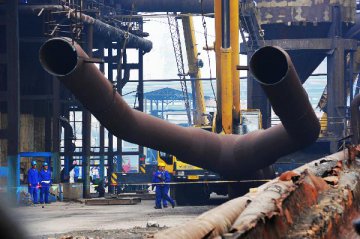
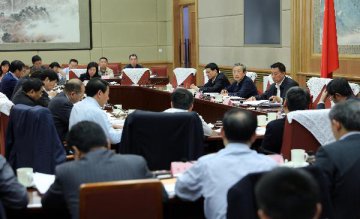
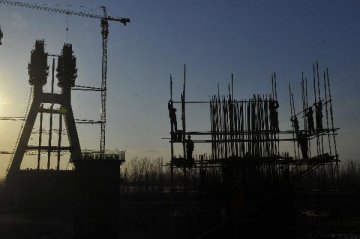
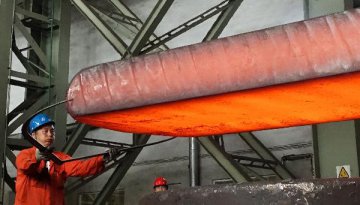
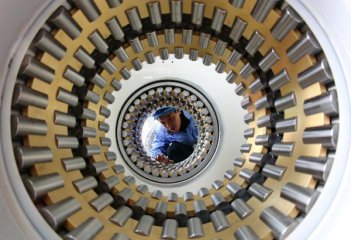



Latest comments